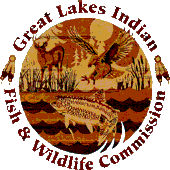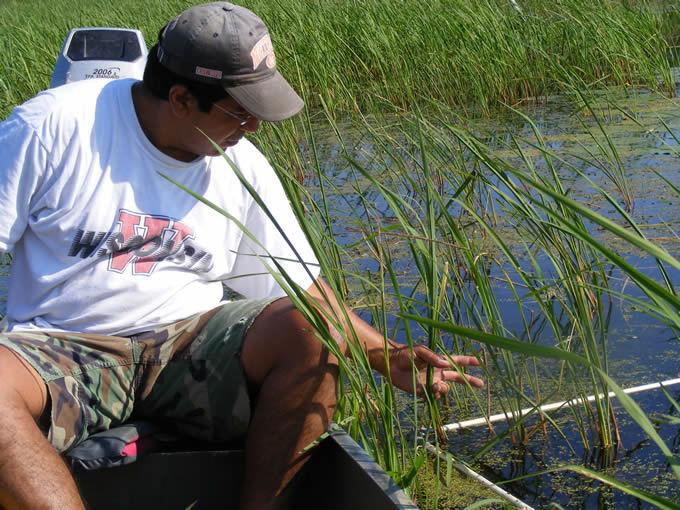Wildlife Section
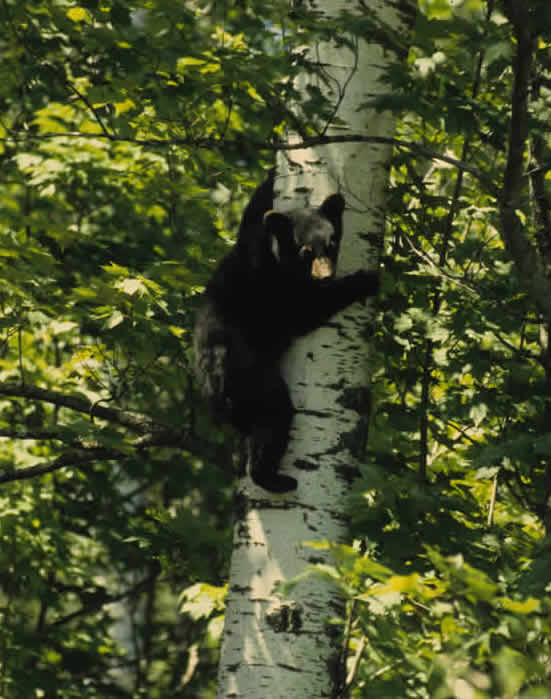
GLIFWC’s Wildlife Section is concerned with the lands and waters within the 1836, 1837, 1842, and 1854 treaty-ceded territories and the wildlife and wild plants living there. The Section serves as the primary source of management and research expertise for these resources on behalf of GLIFWC’s member tribes.
On-reservation work is restricted to cases that have a direct bearing on off-reservation management and occasional assistance to tribes that does not require sustained effort on the part of Commission staff. Resource management work in the 1854 ceded territory is undertaken by the Fond du Lac Band and the 1854 Treaty Authority. See their websites for more information.
Harvest Management
The Wildlife Section assists tribes in managing wildlife, wild rice, and wild plant harvests in the ceded territories. This is one of the Wildlife Section’s core missions—to assist the tribes in the implementation of their treaty rights to harvest resources from the ceded territories. The Wildlife Section assists in the harvest management of many different kinds of resources including: waawaakeshi (white-tailed deer), manoomin (wild rice), makwa (black bears), ochig (fishers), nigig (otters), gidigaa-bizew (bobcat), wiigwaas (birch bark), and wiishkobaaboo (maple sap).
For some species (e.g. waawaskeshi) harvests are managed through a system of permits and required registration. For these species a direct count of harvested animals is produced. For other species (e.g. manoomin) harvests are estimated using mail and/or telephone surveys. For still other species harvest levels are not quantified (e.g. wabooz/rabbit).
Part of the harvest system requires that biologists determine biological limits to harvests and then work to ensure that the combination of tribal and state (whether it be MI, MN or WI) harvests do not exceed these limits. This is mostly done for those species that require harvest registration. For these species there are quotas established for both state and tribal harvesters. The tribal quota is established by a declaration process whereby the tribes ‘declare’ their need for a harvest level (up to 50% of the available harvest). The state responds by reducing their harvest level by an appropriate amount to account for the tribal harvest.
In some cases over the years the states have chosen not to reduce their harvest in light of the tribal harvest. In these cases there is no need to divide a harvest quota between the tribes and the state, thus the tribes and the states have agreed that there is no need for a tribal quota as long as the tribal harvest is below an established threshold. This is called the ‘threshold system’ and is in place for most wildlife species managed by harvest quota in both Minnesota and Wisconsin.
In regard to migratory birds. GLIFWC’s Wildlife Section also assists tribes in developing federally-approved migratory bird hunting regulations in the 1836, 1837 and 1842 ceded territories in Michigan, Wisconsin, and Minnesota. Migratory bird harvests are monitored periodically to assess participation and overall harvests. This monitoring takes place via mail and phone surveys to licensed migratory bird hunters.
In a similar manner the harvests of wild rice and many types of non-timber forest products (e.g. birch bark, maple sap, firewood, balsam boughs and lodge poles) are monitored via a mail or telephone survey of licensed participants. All of these monitoring efforts are presented in written reports available from GLIFWC.
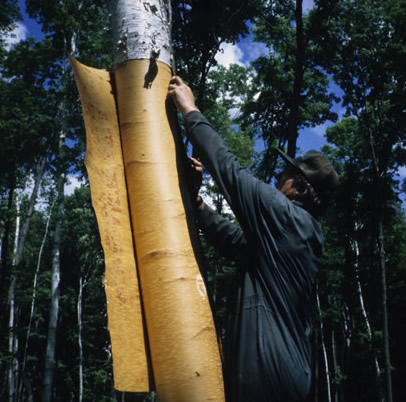 Liaison with wildlife agencies and organizations on wildlife and wild plant related issues
Liaison with wildlife agencies and organizations on wildlife and wild plant related issues
The Wildlife Section develops and maintains working relationships with other agencies and organizations by participating on inter-agency committees, establishing liaisons with the US Forest Service (USFS) and Michigan DNR, coordinating wildlife population surveys, monitoring wildlife and wild plant diseases of tribal concern, and establishing information exchange procedures and schedules. This work includes co-chairing the Tribal/State Wild Rice Committee and the Wild Plant Management and Policy Committee, both in Wisconsin. The Wildlife Section actively participates in the implementation of the USFS Memorandum of Understanding (MOU) and the consultation requirements contained in that MOU. The Wildlife Section provides comments to the Wisconsin DNR regarding applications for aquatic plant removal permits as these efforts might impact wild rice beds.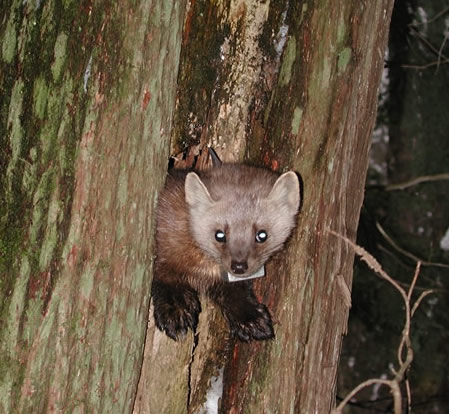
Wildlife and wild plant population studies
Wildlife Section staff conduct studies of wildlife and wild plant populations to provide information needed to manage tribal harvest and to supplement other agencies' data in areas of special tribal interest. Projects conducted under this heading include work on forest carnivores, including waabezheshi (American marten), ochig (fisher) and gidigaa-bizew (bobcat), as well as an investigation into the effects of timber selection cuts on understory plant populations.
Wild rice management
The Wildlife Section conducts surveys of abundance and develops plans for management and enhancement of manoomin/wild rice in the ceded territories. Using both aerial and ground surveys, staff monitors wild rice stands on 40 or more Wisconsin waters and conducts aerial surveys of select Michigan and Minnesota waters. This monitoring is documented via photographs and reported each year as a guide for wild rice harvesters. The Wildlife Section participates with other agencies to develop guidelines for the reseeding of select waters.
(See also Wild Rice for more information)
Wildlife habitat management
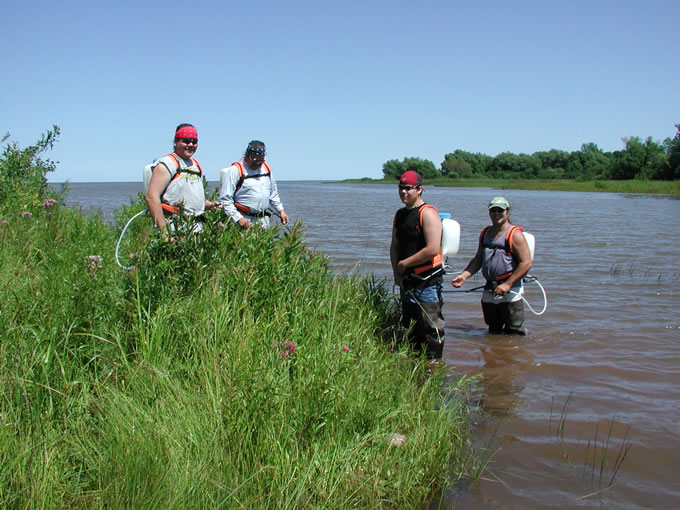
Developing programs that will improve the quality and quantity of wildlife habitat in the ceded territories is another focus of the Wildlife Section. Much of this work is directed toward the prevention and control of invasive species. In particular, purple loosestrife is controlled with an integrated approach using chemical and biological methods, and leafy spurge is controlled with chemical control within select areas. In addition to this active control effort, staff develop and implement an educational outreach program to raise awareness of problem invasive species and help prevent their spread.
Other habitat improvement work is conducted under the Circle of Flight (COF) program. Through COF the Wildlife Section cooperates with tribal and other partners to propose and implement wetland and waterfowl habitat restoration and enhancement projects especially those that integrate waterfowl and wild rice habitat improvements.
Wild plant management
The Wildlife Section develops and maintains wild plant management programs that meet the needs of Commission member tribes. This includes providing assistance and advice to member tribes regarding management and protection of traditionally gathered wild plants and their habitats, compiling information on the distribution and abundance of wild plant resources identified by the tribes, and monitoring the status of these species and their habitats. The Wildlife Section coordinates with USFS and tribal representatives to develop optimal birch management techniques and with USFS and tribal representatives to designate tribal sugar bushes within the ceded territories and develop associated management plans. (See also Wild Plants for more information.)
